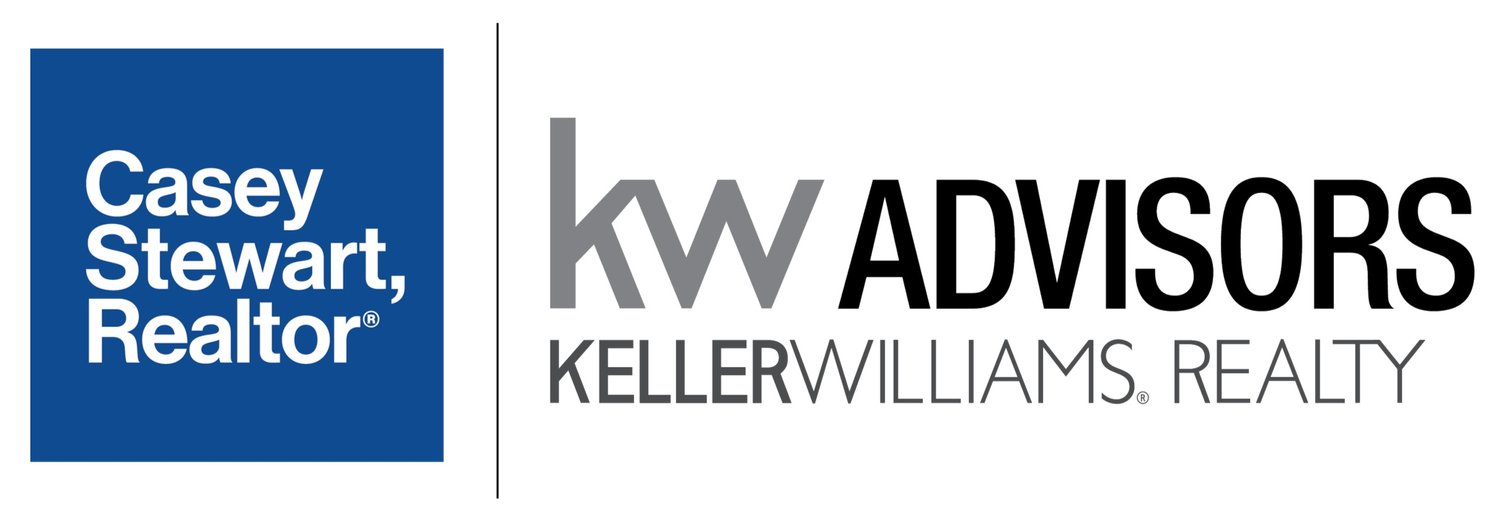What to Consider When Buying Your First Home
/Are you ready to buy your first home? First off — in case no one has told you already — I’m so proud of you! Purchasing a home is a sign that you’ve reached a level of financial stability that some people never do, so give yourself a quick pat on the back. Then sit down and get ready to take some notes, because this is serious business and the more you know…well, you get the idea.
Buyers today have their fair share of struggles — rents are high, but so are home prices. Salaries aren’t growing at the same rate as inflation, interest rates have risen a lot over the past few years, and many are having to wait longer to purchase their first home than their parents did. But if you’re confident that you’ll be living in the same area for the next 2-5 years, owning a home is the most common and effective way to build wealth. I’m not just saying that because it’s my business: the gap in wealth between homeowners and renters has always been significant, but has been growing steadily over the past 30 years.
Step one should always be evaluating your financial position: How is your credit? How much of a mortgage can you qualify for? What kind of monthly payment are you comfortable with? How much money do you have saved for a down payment? What types of loan options are available to you? Do you qualify for any down payment assistance or grants to help with closing costs? A good real estate agent can put you in touch with local lenders who will be happy to discuss all of the options available to you, so you can determine your desired budget and get a better idea of how much money you’ll need to have on hand. They can even help you if you’re not ready: many lenders offer advice on debt reduction and improving your credit score to make sure you’re as qualified as possible when the time comes.
Next up, interview some buyer agents if you don’t already know one that you trust. Have an honest conversation about what to expect in the current market in terms of competition, pricing, and seller concessions. Find out if they only work in specific areas or price ranges, if they have scheduling conflicts that will make it difficult to meet up for showings, and if they understand your needs and wants. How much do they expect you to pay in commission, and will they negotiate to have that and/or other costs paid by the seller? Are they knowledgable enough to help identify red flags during showings, and make sure you don’t overpay?
Finally, decide whether you’re going to have anyone else help you in this process, such as an attorney, an aunt who’s a broker in another state, your bestie who bought a home last year, or your parents who have offered to gift you money to move out of their basement (or just because they love you). Whose advice do you value? Let your agent know that they’ll be helping you make smart decisions and they should be welcomed with open arms; after all, we like meeting new people! Getting opinions from someone who’s not making money from your purchase isn’t a bad idea, and it should give your agent more peace of mind that you’re going to be happy about your decision for years to come.





